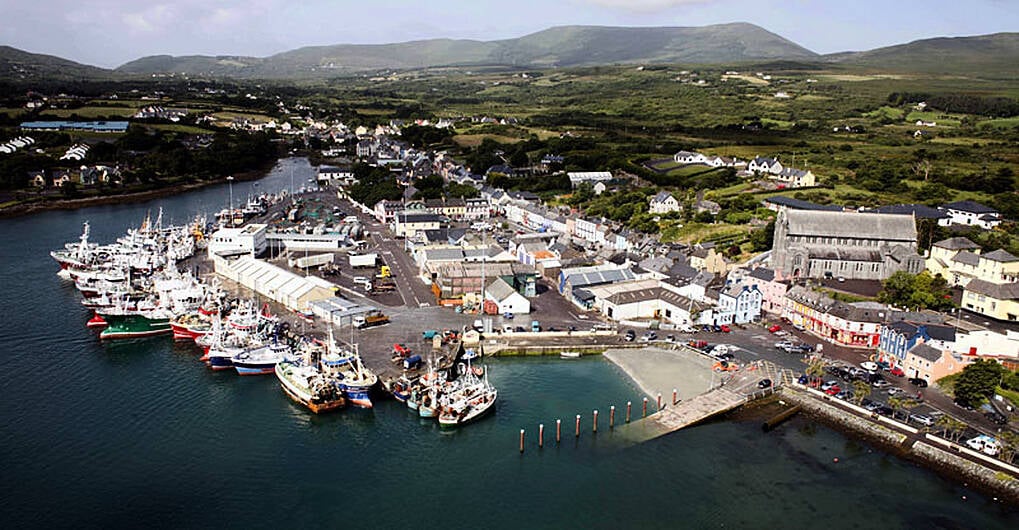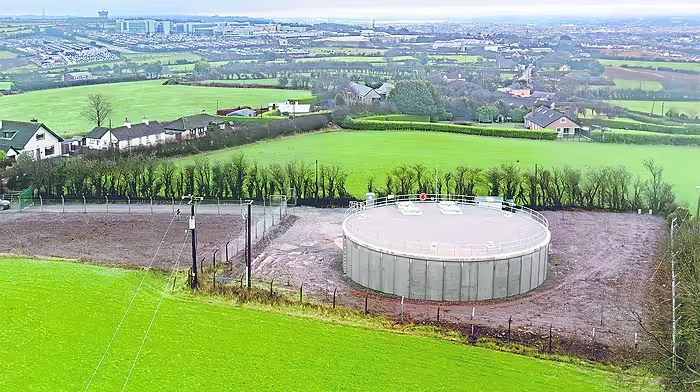West Cork continues to be one of the country's top performers when it comes to fish catches and landings at Irish ports.
WEST Cork continues to be one of the country’s top performers when it comes to fish catches and landings at Irish ports.
With BIM confirming that Asia has surpassed the UK as the second-biggest export market for Irish seafood, and with 14,359 adults employed in the Irish seafood sector in fishing, aquaculture, processing and seafood retail nationwide, the ports of Castletownbere and Union Hall continue to show strong numbers of Irish and non-Irish vessels landing their catches for the export market.
Investment into the fishing sector also continues to grow as the seafood sector continued to grow in 2018 and was valued at €1.25 billion in GDP terms, an increase of +3.4%. Private investment (€267 million) together with strong government support (€170 million) contributed to this growth, BIM’s 2018 Business of Seafood report stated.
The two busiest fishing ports in Co.Cork, Castletownbere and Union Hall recorded in the region of €102 million worth of fish landed, with Castletownbere, with 27,500 tonnes landed, being second only to Killybegs in Donegal when it comes to the overall numbers of fish coming ashore.
The BIM report also sites 26 fish processing companies located in the southern region, which includes West Cork.
However, there was a drop of 4% in 2018 particularly in mackerel and salmon, caused according to BIM, by the cyclical nature of Irish salmon production that allows sites to remain fallow or vacant for a period of time between production cycles. And, fluctuations in quotas resulted in a 10% decrease in the value of mackerel due to reduced landings.
‘Investment is happening at every level of the sector from investment in new fishing gear, improvements to vessels to make them more sustainable, to capital investment in processing industries,’ Jim O’Toole, the CEO of BIM said.
‘The sector has been responding to a challenging environment. Despite the continued uncertainty brought about by Brexit, there’s still an underlying confidence in the sector as evidenced by the growth of investment.’
The BIM 2018 Business of Seafood report also outlines the growth within the Irish fishing fleet, which according to BIM has seen the gross profit of the fleet increasing from a low of €10.4million in 2010 to €78.1 million in 2018.
‘The Irish seafood sector is noted for its resilience and ability to adapt to changing political and socio–economic circumstances. The significant increase in exports to Asia over the last five years by 247% demonstrates the strength and diversification of the sector,’ Jim O’Toole concluded.







